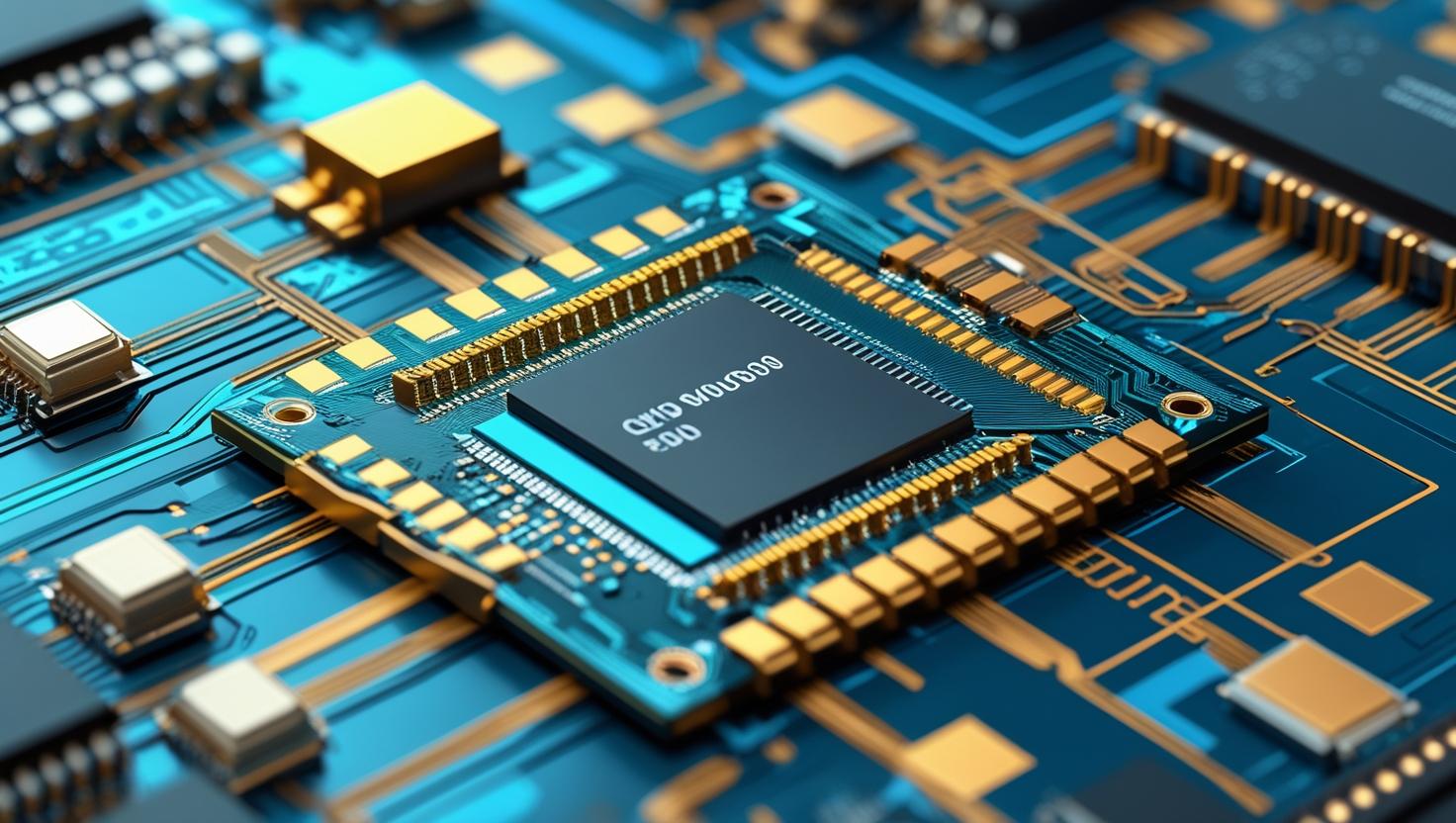The Digital Signal Processor (DSP) market is witnessing unprecedented momentum, driven by accelerating demand across a spectrum of industries—from telecommunications and consumer electronics to automotive and healthcare. As the backbone of modern data processing, DSPs enable real-time analysis, transformation, and optimization of complex signals, powering innovations in audio, video, radar, AI, and beyond.
Explores the key factors fueling the rapid expansion of the DSP market, technological advancements shaping the landscape, and the emerging applications creating new growth avenues.
The Growing Need for Real-Time Data Processing
At the core of DSP technology is the ability to manipulate signals—audio, video, sensor data, or communication streams—in real time. With the explosion of data generated by smart devices, connected vehicles, and IoT systems, the need for efficient, high-performance processors capable of rapid signal transformation has never been greater.
Modern applications such as voice recognition, image processing, and wireless communications rely heavily on DSPs to deliver low-latency, high-accuracy results. As these applications become mainstream, DSP adoption is accelerating across consumer gadgets, industrial equipment, and automotive systems.
5G and Telecommunications: A Major Growth Catalyst
The rollout of 5G networks is a pivotal driver for the DSP market. 5G technology demands advanced signal processing for tasks like beamforming, massive MIMO, and ultra-reliable low-latency communications. DSPs are essential in managing these complex signal workflows efficiently.
Telecom equipment manufacturers are investing heavily in DSPs optimized for 5G base stations and user devices. This creates a large, expanding market segment fueled by infrastructure upgrades and the growing number of 5G-enabled devices worldwide.
Expansion in Automotive and Autonomous Vehicles
Digital signal processors are integral to modern vehicles, supporting functions such as radar and lidar for obstacle detection, infotainment systems, engine control, and driver assistance technologies. As autonomous driving technologies progress, the need for real-time sensor fusion and high-speed data processing surges.
DSPs offer the computational power and energy efficiency needed to analyze vast streams of sensor data on the fly, enabling safer, smarter vehicles. The automotive DSP market is poised for rapid growth as manufacturers integrate advanced driver-assistance systems (ADAS) and push toward full autonomy.
Download PDF Brochure @ https://www.marketsandmarkets.com/pdfdownloadNew.asp?id=794

AI and Machine Learning Integration
While general-purpose CPUs and GPUs dominate AI workloads, DSPs are emerging as complementary processors that excel in efficient, low-power signal processing tasks within AI pipelines. Many edge devices, from smartphones to industrial sensors, use DSPs for preprocessing audio, video, and sensor inputs before feeding data to AI models.
This synergy between DSPs and AI hardware accelerators expands the market’s scope, especially as edge AI adoption rises. DSPs enable smarter, faster, and more power-efficient AI inference in compact, connected devices
Advances in Semiconductor Technology
The DSP market is benefiting from rapid advances in semiconductor manufacturing and architecture design. Newer DSPs integrate multiple cores, enhanced floating-point capabilities, and AI acceleration units—all within compact, energy-efficient packages.
Innovations like system-on-chip (SoC) integration combine DSPs with CPUs, GPUs, and specialized accelerators, enabling multifunctional processing platforms that meet diverse application needs. These technological leaps reduce costs and improve performance, driving wider DSP adoption.
Diverse Industry Applications
Beyond telecom and automotive, DSPs are gaining traction in various sectors:
-
Healthcare: Medical imaging, ultrasound, and wearable diagnostics rely on DSPs for signal clarity and analysis.
-
Consumer Electronics: Smartphones, smart speakers, headphones, and gaming devices use DSPs for audio enhancement, noise cancellation, and voice recognition.
-
Industrial Automation: DSPs facilitate sensor data processing and machine control in smart factories.
-
Defense and Aerospace: Radar, sonar, and communication systems depend on robust DSPs for mission-critical signal processing.
This diversity insulates the DSP market from sector-specific downturns and broadens investment appeal.
Challenges and Market Considerations
Despite positive growth drivers, the DSP market faces some challenges. Competition from alternative processors like GPUs and FPGAs in certain applications could limit DSP penetration. Additionally, high development costs and rapid technological change require continuous innovation and agile product strategies.
However, DSP manufacturers are responding with tailored solutions for niche markets, developing programmable, scalable DSP architectures, and leveraging AI integration to stay competitive.
Conclusion: A Market on the Brink of Transformation
The Future of digital signal processor market stands at a crucial inflection point. Fueled by explosive data growth, 5G expansion, AI integration, and evolving automotive demands, DSPs are more relevant than ever.
For businesses and investors, this means rich opportunities in designing, producing, and deploying next-generation DSPs that power the connected, intelligent world of tomorrow. As real-time signal processing becomes essential across industries, the DSP market’s rapid expansion appears inevitable and poised to reshape technology landscapes globally.
Investor FAQ: Digital Signal Processor (DSP) Market
Q1: What key factors are driving the rapid growth of the DSP market?
The DSP market is growing rapidly due to rising demand in sectors like 5G telecommunications, automotive (especially autonomous vehicles), AI and machine learning integration, consumer electronics, and healthcare. Increased data generation and the need for real-time signal processing in these industries fuel this expansion.
Q2: How significant is the impact of 5G on the DSP market?
5G is a major catalyst. DSPs enable complex signal processing tasks such as beamforming and massive MIMO required by 5G networks. Telecom infrastructure upgrades and growing 5G device adoption are creating large-scale, sustained demand for DSP components.
Q3: Which industries offer the greatest growth opportunities for DSPs?
Automotive (ADAS and autonomous driving), telecommunications (5G), healthcare (medical imaging and diagnostics), consumer electronics (audio/video processing), and industrial automation are key growth sectors. These diverse applications broaden market resilience and potential returns.
Q4: How do DSPs compare with other processing technologies like GPUs or FPGAs?
While GPUs and FPGAs excel in general-purpose or highly parallel tasks, DSPs offer optimized, low-power, real-time signal processing. They are often preferred for edge devices requiring efficient audio, video, and sensor data processing, complementing other processors rather than competing directly.
Q5: What technological trends are shaping the DSP market’s future?
Advancements include multi-core architectures, enhanced floating-point precision, integration with AI accelerators, and system-on-chip (SoC) designs combining DSPs with CPUs and GPUs. These innovations improve performance, reduce costs, and open new applications.
